Home>Gardening & Outdoor>Landscaping Ideas>How To Keep Grass From Growing So Fast


Landscaping Ideas
How To Keep Grass From Growing So Fast
Published: January 24, 2024
Learn effective landscaping ideas to control the growth of your grass and maintain a manicured lawn. Discover practical tips to slow down grass growth.
(Many of the links in this article redirect to a specific reviewed product. Your purchase of these products through affiliate links helps to generate commission for Storables.com, at no extra cost. Learn more)
**
Introduction
**
Are you tired of constantly battling with your lawn, trying to keep the grass from growing at an alarming rate? The relentless cycle of mowing, watering, and maintaining your lawn can often feel like an uphill battle. However, fear not! There are several effective strategies and techniques that can help you slow down the rapid growth of your grass, allowing you to spend less time taming your lawn and more time enjoying its lush, manicured beauty.
In this comprehensive guide, we will explore a range of practical and sustainable methods to curb the rapid growth of grass. From understanding the factors that contribute to vigorous grass growth to implementing natural remedies and optimizing your lawn care routine, you will discover a wealth of valuable insights to help you achieve a more manageable and balanced lawn.
So, if you're ready to bid farewell to the endless cycle of frequent mowing and constant maintenance, let's delve into the world of grass growth and unveil the secrets to keeping your lawn in check. With the right knowledge and approach, you can transform your lawn into a low-maintenance oasis, allowing you to savor the beauty of your outdoor space without the constant struggle against unruly grass growth.
Key Takeaways:
- Embrace proper watering and mowing techniques to control grass growth and maintain a lush, healthy lawn without constant struggle.
- Utilize natural remedies and soil maintenance to regulate grass growth, fostering a resilient and visually captivating landscape that harmonizes with nature.
Read more: How To Stop My Grass From Growing So Fast
Understanding Grass Growth
Before delving into the methods to slow down grass growth, it’s crucial to understand the factors that contribute to its rapid proliferation. Grass growth is primarily influenced by environmental conditions, including sunlight, temperature, and moisture levels. Additionally, the type of grass and soil composition play significant roles in determining the speed of growth.
Grass thrives in sunlight, using photosynthesis to convert light energy into essential nutrients for growth. Therefore, areas with ample sunlight may experience faster grass growth compared to shaded regions. Moreover, warm temperatures accelerate metabolic processes within the grass, promoting rapid cell division and elongation.
Moisture is another critical factor that fuels grass growth. Adequate hydration supports the absorption of nutrients and facilitates various biochemical reactions essential for plant development. Consequently, well-watered lawns may exhibit more vigorous growth than those subjected to dry conditions.
Furthermore, the type and condition of the soil profoundly impact grass growth. Soil rich in nutrients and organic matter provides an ideal foundation for robust plant development. Conversely, compacted or nutrient-deficient soil may impede healthy growth, leading to stunted or sparse grass.
By comprehending these influential factors, you can gain valuable insights into the mechanisms driving grass growth on your lawn. Armed with this knowledge, you will be better equipped to implement targeted strategies to manage and regulate the pace of grass proliferation, ultimately achieving a harmonious and sustainable lawn environment.
Proper Watering Techniques
Effective watering practices are essential for controlling grass growth while promoting overall lawn health. By mastering proper watering techniques, you can strike a balance that discourages excessive growth without compromising the vitality of your grass.
One fundamental approach to managing grass growth through watering is to adopt a deep and infrequent watering schedule. Rather than frequent, shallow watering, which can spur rapid growth and weaken the roots, deep watering encourages the development of a robust root system. This, in turn, helps the grass withstand periods of drought and minimizes the need for excessive growth to compensate for inadequate moisture.
Furthermore, watering your lawn in the early morning is highly beneficial. The cooler temperatures and reduced wind during this time facilitate optimal water absorption, allowing the grass to efficiently utilize the moisture without excessive evaporation. This approach also helps prevent prolonged periods of surface moisture, which can promote fungal diseases and encourage rapid growth.
Another effective strategy is to monitor the actual water needs of your lawn, adjusting the frequency and duration of watering based on environmental conditions and the grass’s response. Utilizing moisture meters or simply observing the grass for signs of stress, such as wilting or discoloration, can guide your watering decisions, ensuring that your lawn receives adequate moisture without promoting excessive growth.
By implementing these proper watering techniques, you can exert greater control over grass growth while nurturing a resilient and vibrant lawn. The harmonious balance achieved through mindful watering practices not only curtails excessive growth but also fosters a sustainable and visually appealing landscape that enhances the overall aesthetic and functionality of your outdoor space.
Soil Maintenance
Optimal soil conditions are pivotal in regulating grass growth and fostering a healthy, balanced lawn. By prioritizing soil maintenance, you can create an environment that supports controlled grass proliferation while enhancing the overall resilience and vigor of your turf.
Conducting regular soil testing is a crucial first step in soil maintenance. By analyzing the nutrient levels and pH balance of your soil, you can identify any deficiencies or imbalances that may contribute to excessive grass growth. Armed with this insight, you can then implement targeted amendments, such as organic fertilizers or pH-adjusting agents, to create an environment that promotes steady, controlled grass development.
Aerating the soil is another essential practice that can significantly impact grass growth. Compacted soil restricts the movement of air, water, and nutrients, impeding the grass’s ability to establish a robust root system and regulate its growth. Aerating the soil alleviates compaction, enhances root development, and promotes a more balanced and sustainable rate of grass proliferation.
Furthermore, incorporating organic matter into the soil through practices like topdressing with compost or using organic mulches can improve its structure, fertility, and moisture retention capacity. This enriched soil environment provides a nurturing foundation for the grass, fostering healthy growth while mitigating the tendency for excessive and rapid proliferation.
By prioritizing soil maintenance, you can establish a supportive and balanced foundation for your lawn, effectively managing grass growth while promoting its overall health and vitality. Through proactive soil care, you can create an environment where the grass thrives at an optimal pace, resulting in a visually appealing and sustainable landscape that enhances the beauty and functionality of your outdoor space.
Mow your grass at a higher setting to encourage deeper roots and slower growth. Avoid over-fertilizing and watering too frequently, as this can promote fast growth.
Mowing Tips
Proper mowing practices play a pivotal role in managing grass growth and maintaining a well-groomed, resilient lawn. By adhering to effective mowing techniques, you can exert control over the pace of grass proliferation while nurturing a visually appealing and healthy turf.
One fundamental aspect of managing grass growth through mowing is to adhere to the one-third rule. This guideline recommends removing no more than one-third of the grass blade’s height during each mowing session. By following this rule, you can avoid shock and stress to the grass while promoting a balanced and controlled growth pattern. Additionally, leaving the grass slightly taller provides shade for the soil, reducing moisture evaporation and inhibiting weed growth.
Regularly sharpening your mower blades is another essential practice that directly impacts grass growth. Dull blades can tear the grass, creating jagged edges that are more susceptible to moisture loss and disease. Clean, sharp blades, on the other hand, make clean cuts, promoting healthy regrowth and minimizing stress on the grass, contributing to a more balanced and controlled growth rate.
Adjusting your mowing frequency based on grass growth and seasonal variations is also crucial. During periods of vigorous growth, such as spring, more frequent mowing may be necessary to maintain the desired height. Conversely, as growth slows in response to cooler temperatures or reduced sunlight, adjusting the mowing frequency accordingly can help manage the grass’s development and prevent it from becoming overgrown.
By embracing these mowing tips, you can effectively regulate grass growth while nurturing a lush, well-manicured lawn. The harmonious balance achieved through mindful mowing practices not only curtails excessive growth but also fosters a visually appealing and sustainable landscape that enhances the overall beauty and functionality of your outdoor space.
Read more: How To Keep Grass And Weeds From Growing
Using Fertilizers Wisely
Strategic and judicious use of fertilizers is instrumental in managing grass growth while promoting the overall health and resilience of your lawn. By adopting a thoughtful approach to fertilization, you can harness the benefits of nutrient supplementation while mitigating the risk of excessive and rapid grass proliferation.
One key strategy in using fertilizers to regulate grass growth is to opt for slow-release or controlled-release formulations. Unlike quick-release fertilizers, which can trigger rapid and unsustainable growth spurts, slow-release variants provide a steady, gradual supply of nutrients to the grass, promoting balanced and controlled development over an extended period.
Moreover, applying fertilizers in accordance with the specific needs of your grass and the soil can help manage growth effectively. Conducting a soil test to assess nutrient levels and pH balance enables you to tailor your fertilizer application to address any deficiencies or imbalances, fostering healthy and regulated grass growth while bolstering the overall vitality of your lawn.
It is also important to adhere to recommended application rates and schedules, avoiding excessive or untimely fertilization that could fuel excessive grass proliferation. By adhering to best practices and guidelines for fertilizer application, you can optimize nutrient uptake by the grass, promoting steady and sustainable growth while minimizing the risk of overstimulation.
By using fertilizers wisely, you can strike a harmonious balance that curtails excessive grass growth while fostering a vibrant, resilient lawn. The strategic application of nutrients not only regulates the pace of grass proliferation but also contributes to the overall beauty and sustainability of your outdoor space, creating an inviting and visually captivating landscape.
Implementing Natural Remedies
Embracing natural remedies offers a sustainable and eco-friendly approach to managing grass growth while nurturing a healthy and vibrant lawn. By integrating organic solutions and practices, you can effectively curtail excessive proliferation while fostering a balanced and resilient turf that harmonizes with the surrounding ecosystem.
One natural remedy to regulate grass growth involves overseeding with fine fescue grass varieties. Fine fescue exhibits slower growth characteristics compared to other grass types, helping to naturally impede rapid proliferation. By introducing fine fescue into your lawn, you can promote a more balanced and manageable growth pattern while diversifying the grass species present in your turf.
Another effective natural approach is to incorporate clover into your lawn. Clover competes with the grass for resources, slowing down its growth and creating a more diverse and visually appealing landscape. Additionally, clover is nitrogen-fixing, enriching the soil and reducing the need for excessive fertilization, further contributing to a more balanced and sustainable rate of grass proliferation.
Furthermore, adjusting your mowing height to allow the grass to grow slightly taller can naturally impede rapid growth. Allowing the grass to reach a slightly greater height shades the soil, reducing moisture evaporation and inhibiting weed growth. This approach promotes a more balanced and controlled growth pattern, minimizing the need for frequent mowing and maintenance.
By implementing these natural remedies, you can effectively manage grass growth while nurturing a resilient, diverse, and visually captivating lawn. Embracing organic solutions not only curtails excessive proliferation but also contributes to the overall health and sustainability of your outdoor space, creating a harmonious and inviting landscape that thrives in harmony with nature.
Conclusion
Congratulations! You have embarked on a journey to uncover the secrets of managing grass growth and nurturing a vibrant, balanced lawn. By delving into the intricacies of grass development and exploring a diverse array of effective strategies, you are well-equipped to cultivate a landscape that harmonizes with your vision and lifestyle.
Through a deeper understanding of the factors influencing grass growth, from environmental conditions to soil composition, you have gained valuable insights into the mechanisms driving the proliferation of your turf. Armed with this knowledge, you can now implement targeted and sustainable practices to regulate the pace of growth, fostering a harmonious and resilient lawn that complements your outdoor space.
By embracing proper watering techniques, you can strike a balance that discourages excessive growth without compromising the vitality of your grass. Mindful soil maintenance empowers you to create an environment that supports controlled grass proliferation while enhancing the overall resilience and vigor of your turf.
Effective mowing practices and judicious use of fertilizers enable you to regulate grass growth, fostering a lush, well-manicured lawn that thrives at an optimal pace. Embracing natural remedies offers a sustainable and eco-friendly approach to managing grass growth, nurturing a healthy and vibrant lawn that harmonizes with the surrounding ecosystem.
As you embark on this transformative journey, remember that the key to a flourishing lawn lies in the harmonious balance you create. By integrating these strategies and techniques into your lawn care routine, you can savor the beauty of your outdoor space without the constant struggle against unruly grass growth.
So, take pride in your newfound knowledge and approach to lawn care. With the right mindset and tools at your disposal, you are poised to cultivate a landscape that embodies balance, vitality, and enduring beauty—a testament to your dedication and stewardship of the natural world.
Frequently Asked Questions about How To Keep Grass From Growing So Fast
Was this page helpful?
At Storables.com, we guarantee accurate and reliable information. Our content, validated by Expert Board Contributors, is crafted following stringent Editorial Policies. We're committed to providing you with well-researched, expert-backed insights for all your informational needs.

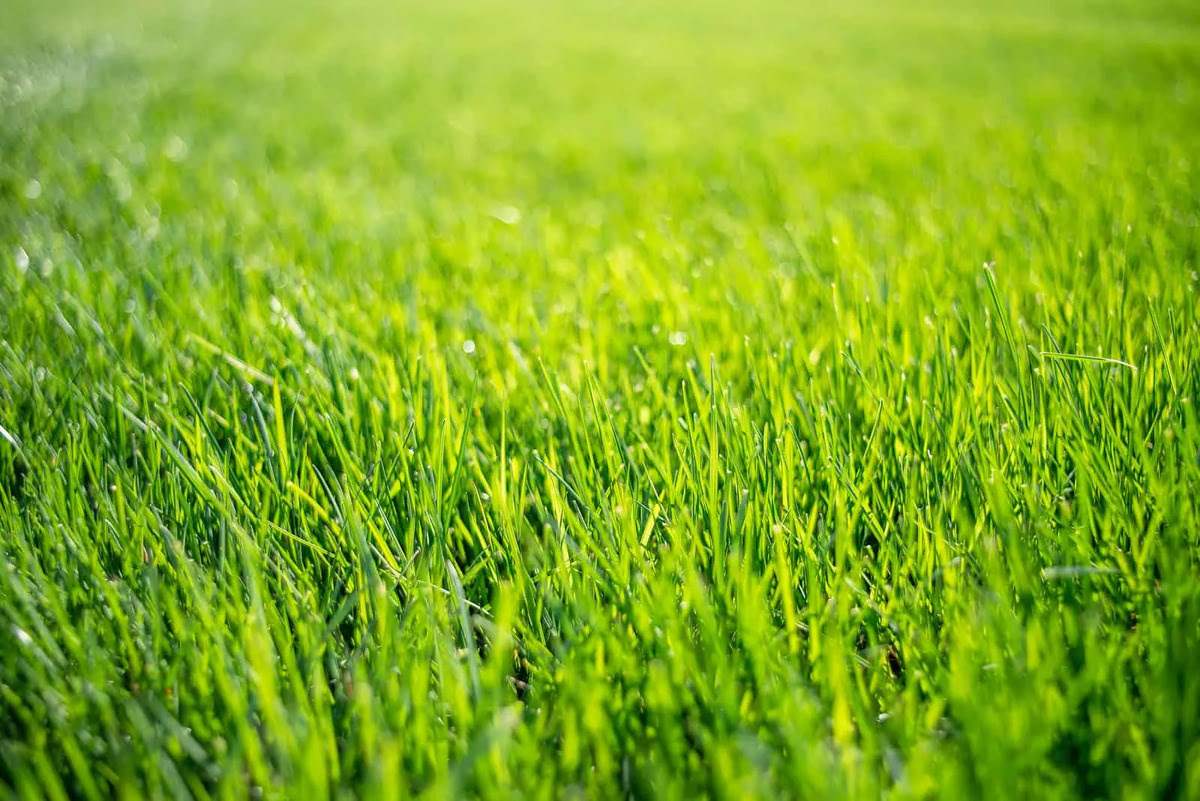
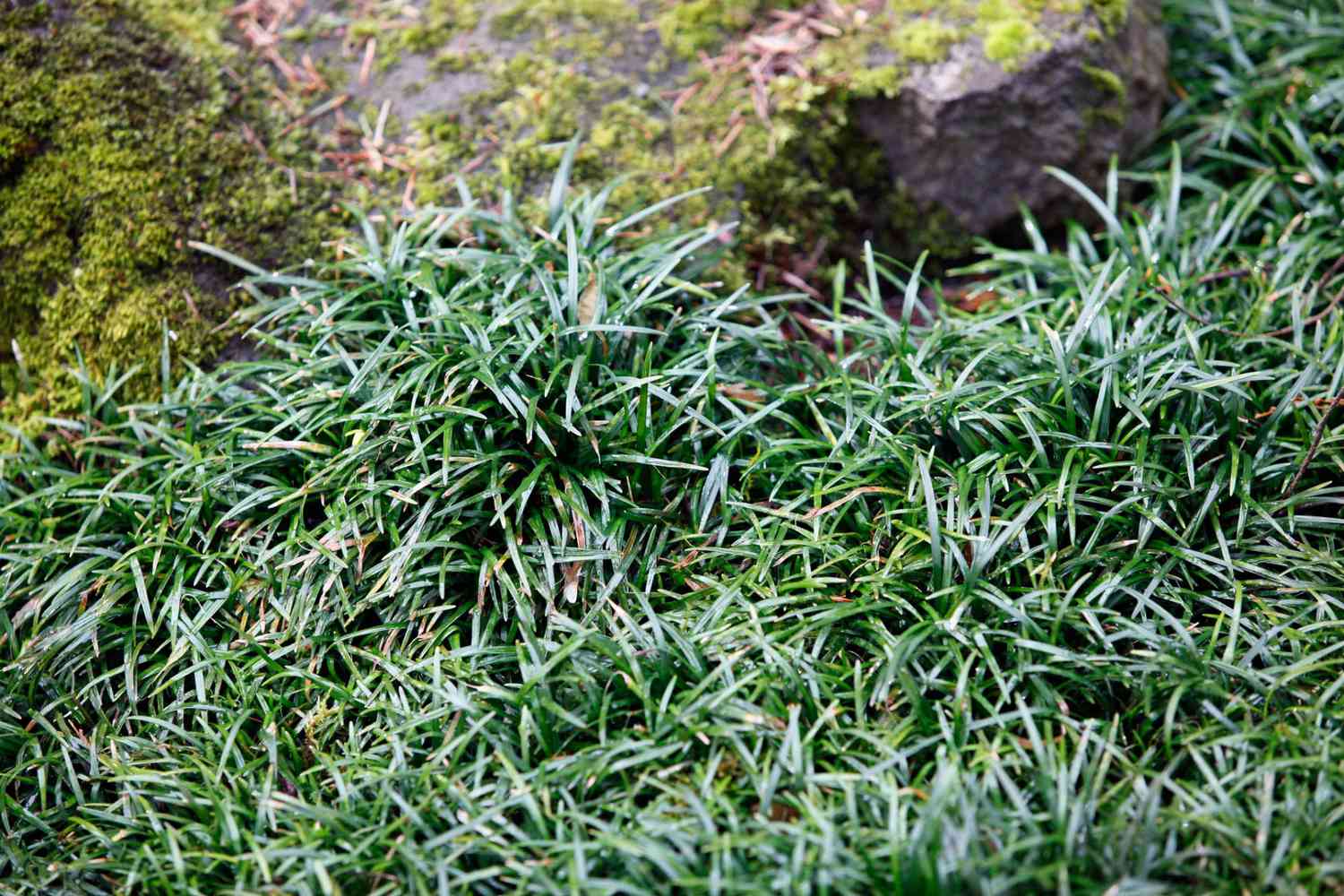
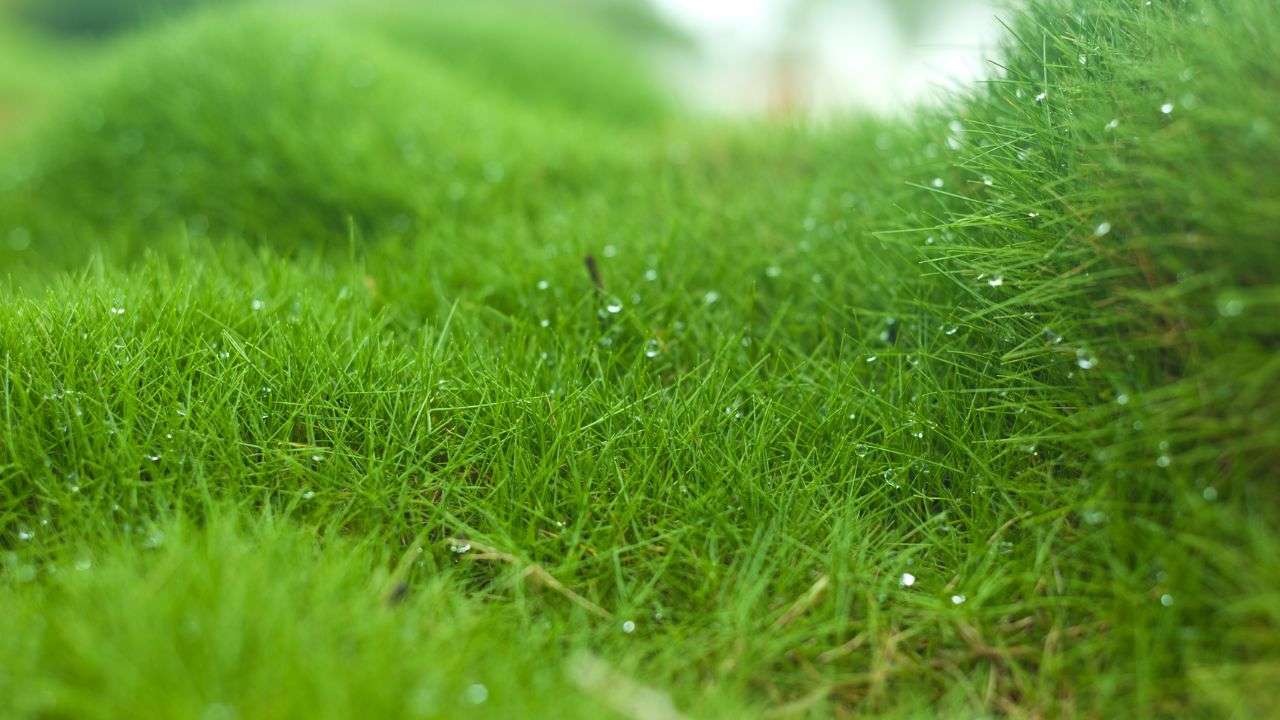
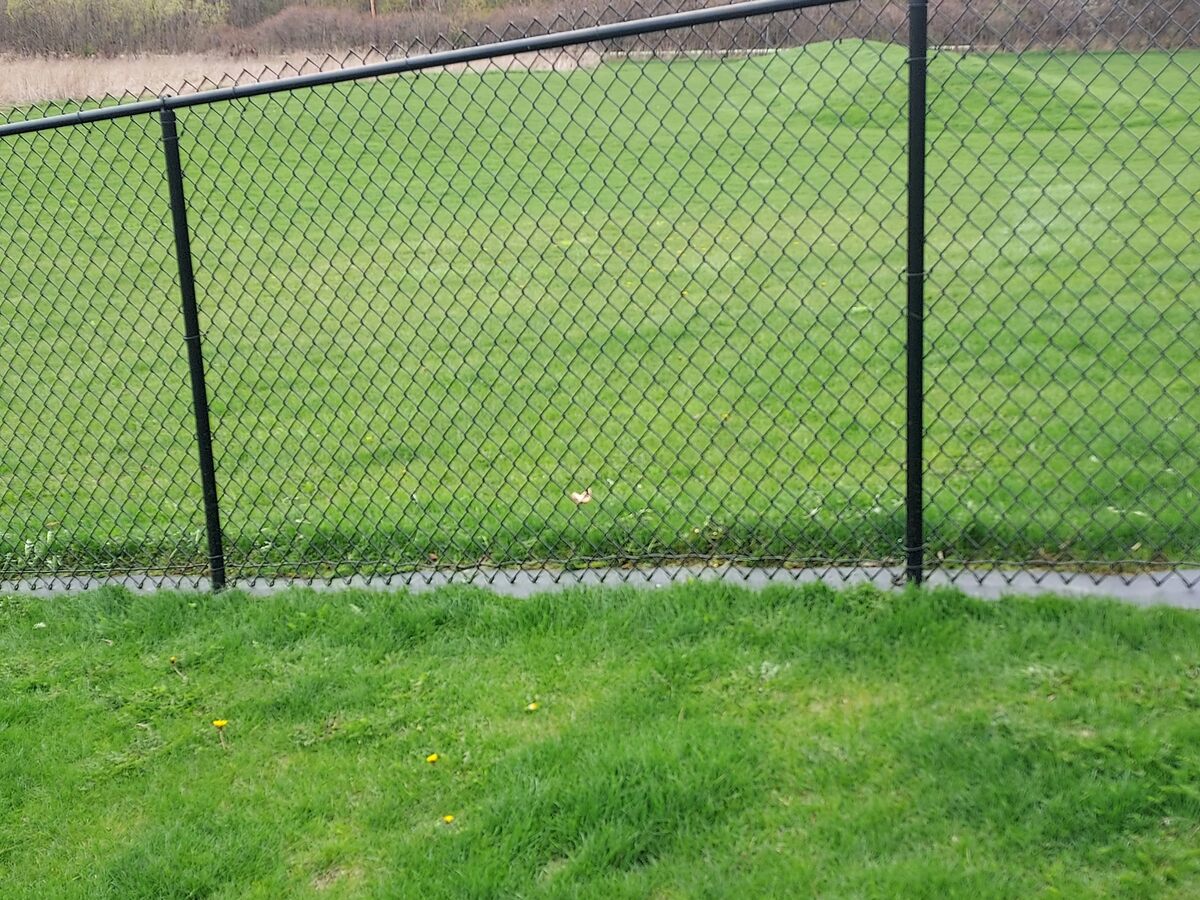
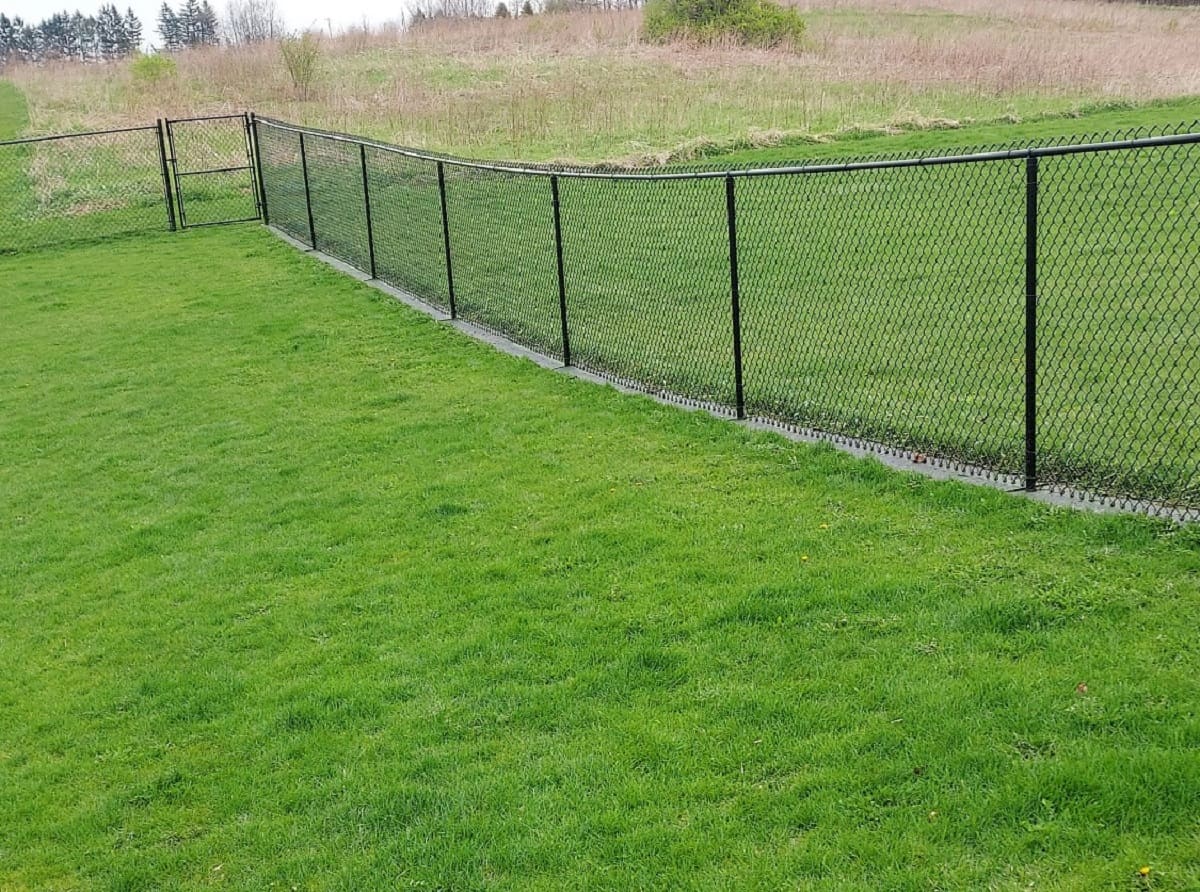
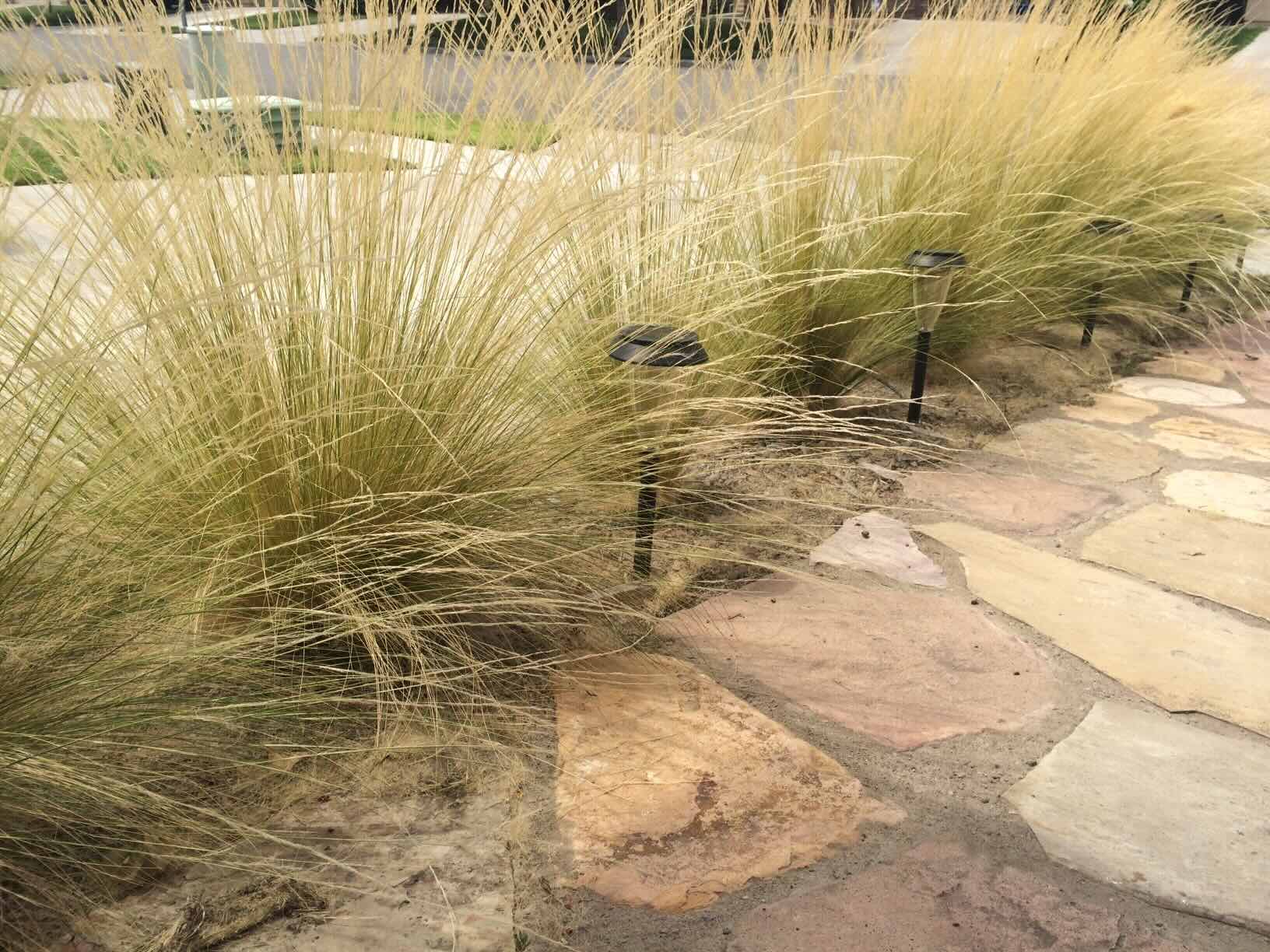
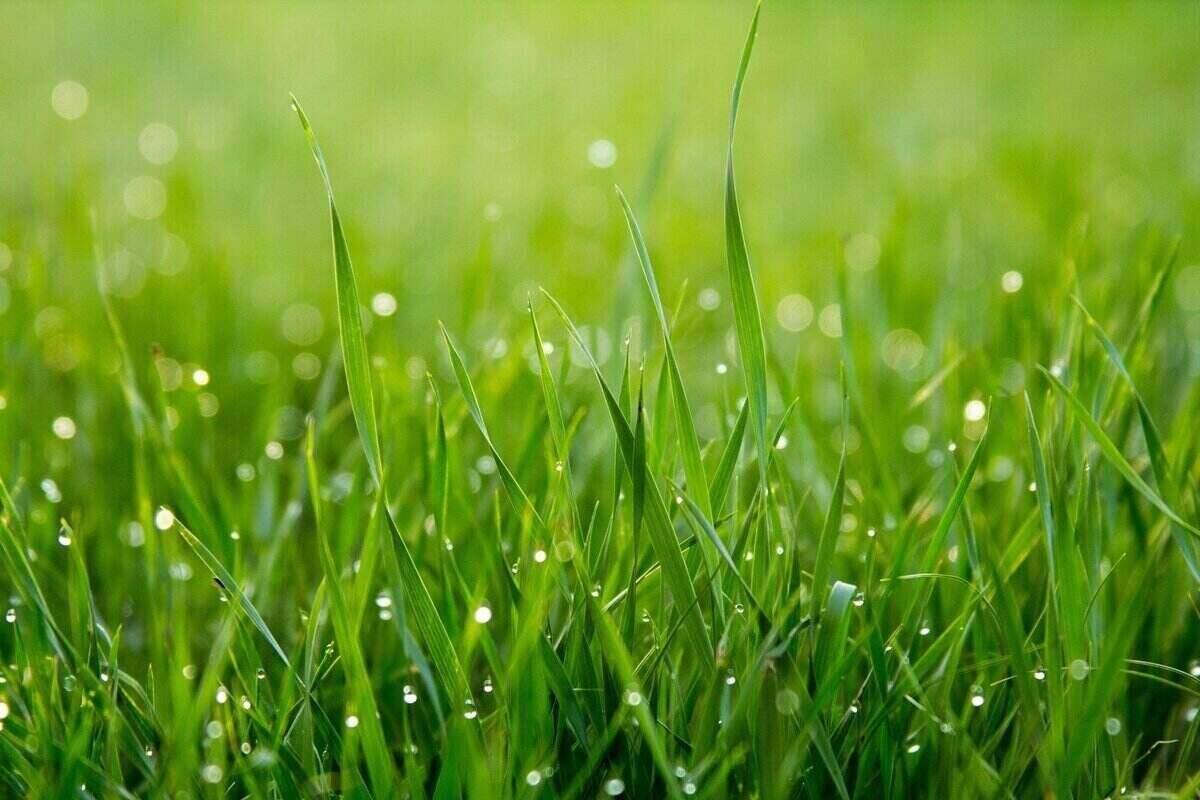
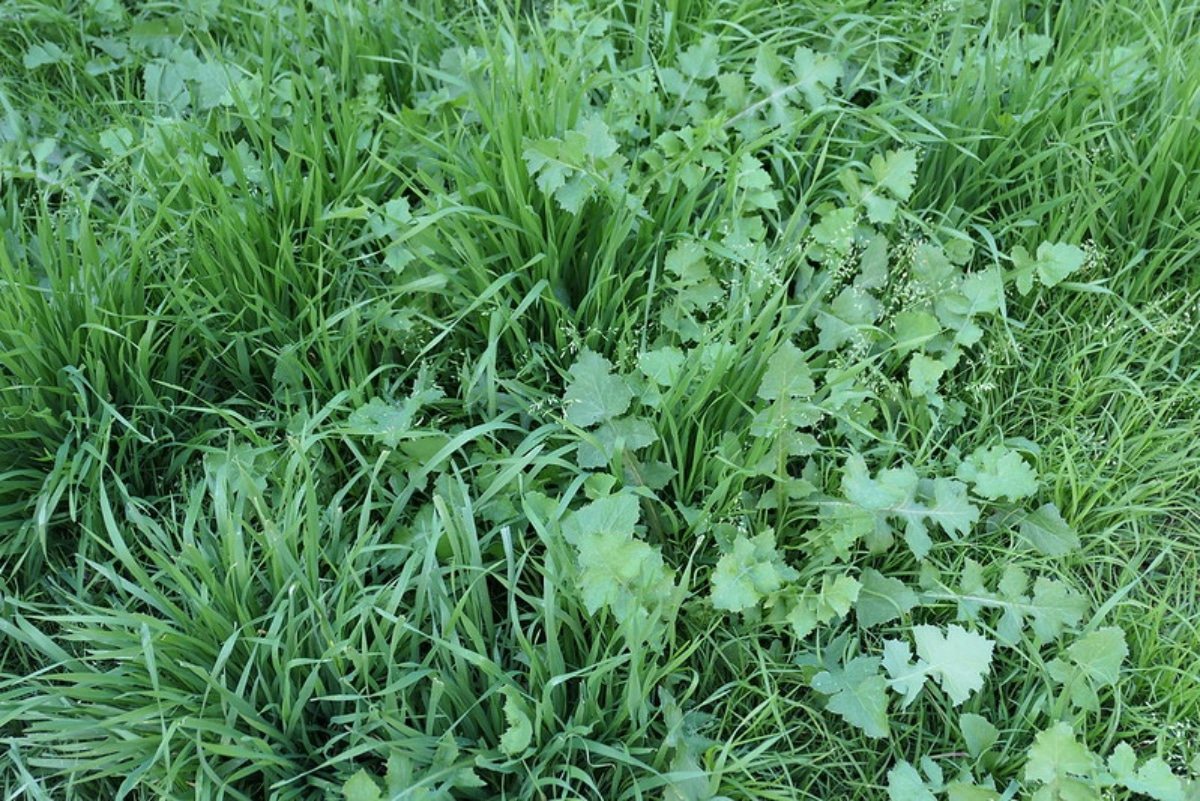

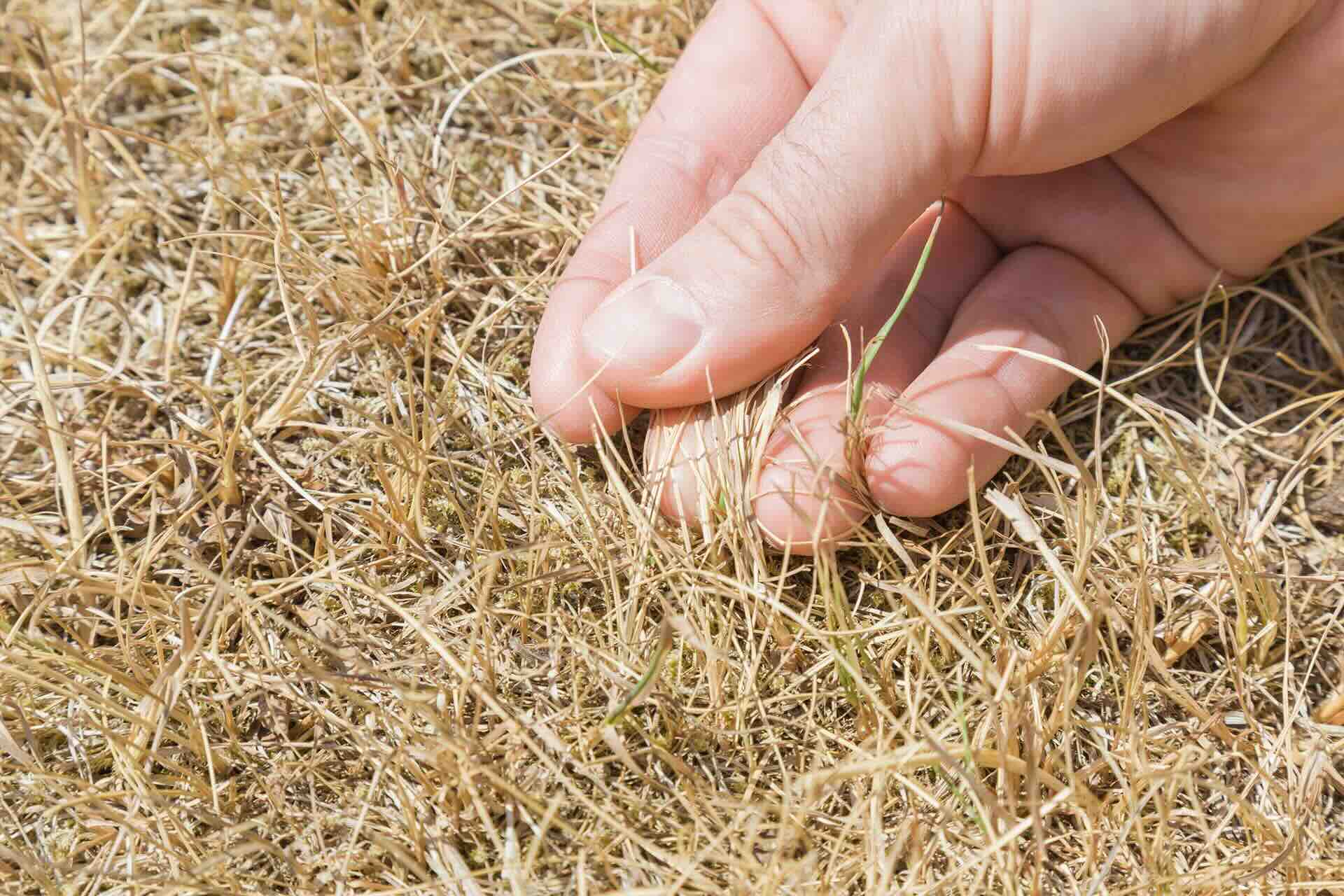

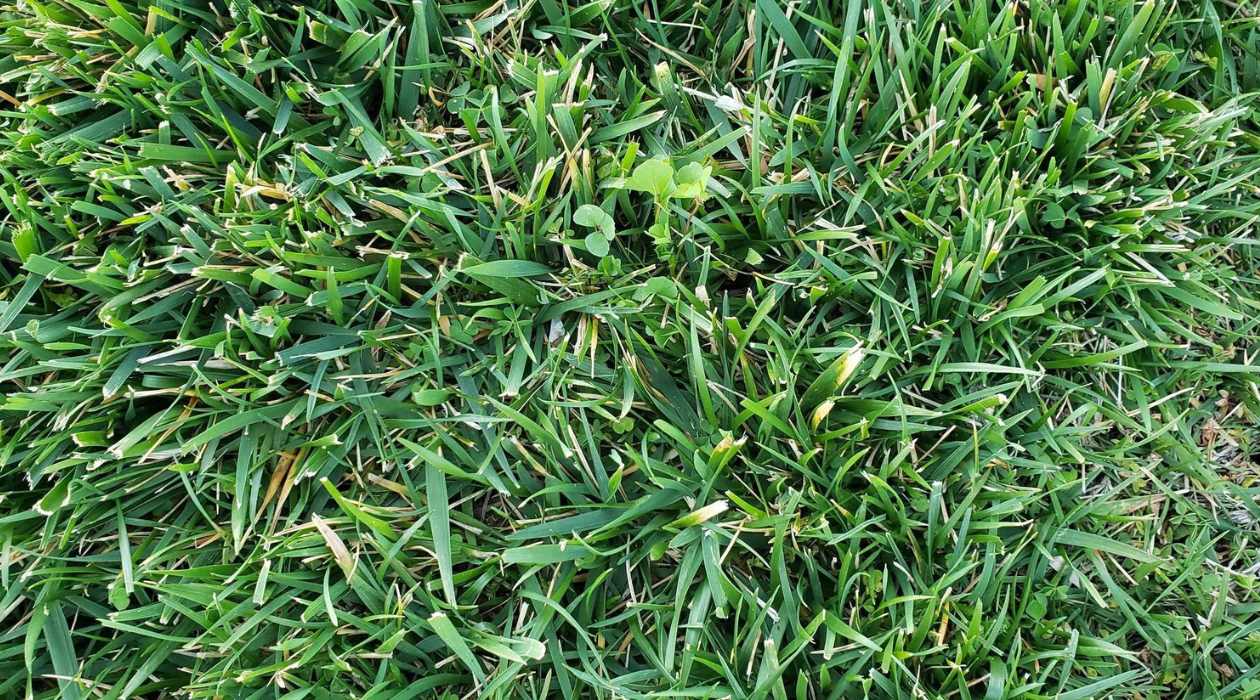


0 thoughts on “How To Keep Grass From Growing So Fast”